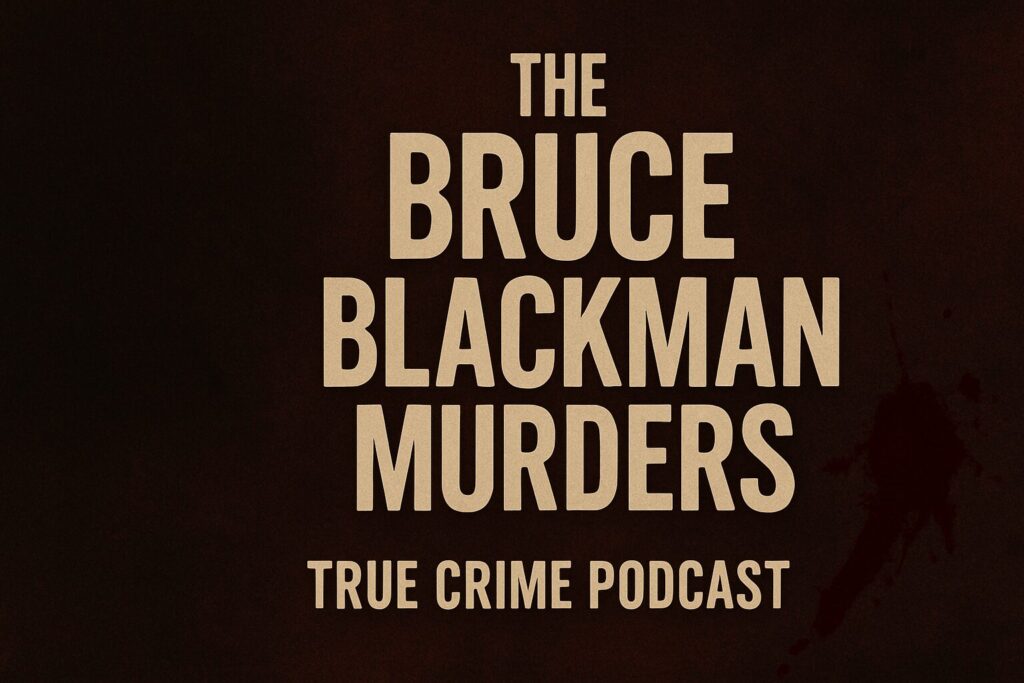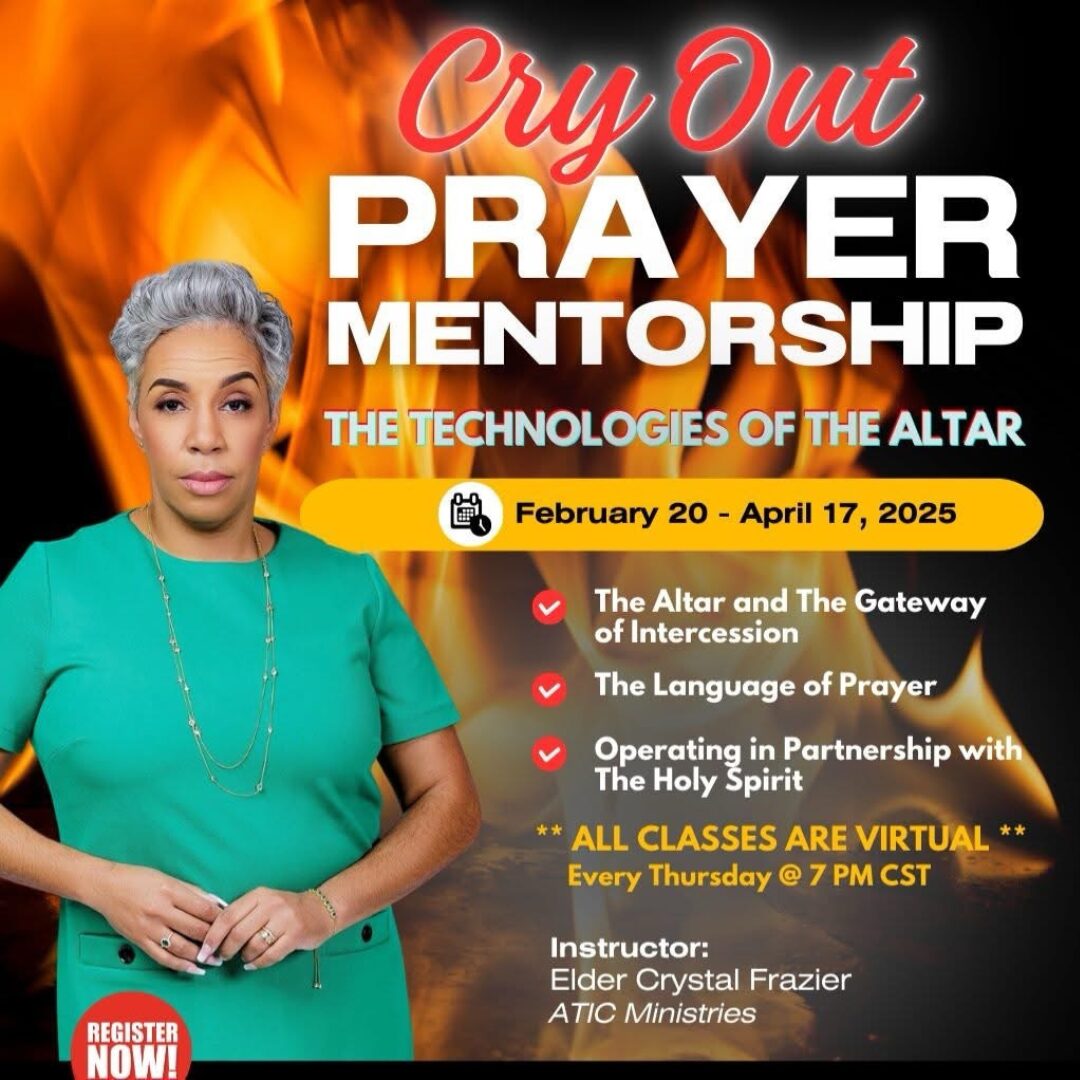Major Takeaways:
Bruce Blackman’s untreated schizophrenia fueled delusions that ultimately led him to murder six members of his family.
Religious obsession and grandiose beliefs distorted his reality, intensifying his paranoia and violent actions.
The tragedy underscores the importance of early recognition and treatment of severe mental illness before it escalates into catastrophe.
The Bruce Blackman Murders: Schizophrenia, Delusion, and a Family’s Tragic End
It’s January 1983, Coquitlam, British Columbia. A man named William hears something outside his window. Screaming, desperate, terrifying, he rushes to the door and what he finds will mark the neighborhood forever.
This is the story of Bruce Blackman, a young man with no violent history, no criminal record, just a mind unraveling under the grip of untreated schizophrenia. A delusion so powerful, he believed his own family was part of an apocalyptic prophecy, and in the end, that belief led him to kill them all. Bruce Blackman wasn’t born a monster.
Not even close. Friends described him as bright, artistic, gentle. He came from a loving home.
He had parents who cared. There was no history of violence, no history of abuse. And that’s what makes this story so chilling.
Because when evil walks in the door, you expect to recognize it. But what if it walks in wearing the face of your own child? It started small. Bruce began talking about visions, a twin who lived in the mirror.
Hidden codes, numbers, and messages only he could see. Now, if you’ve ever been around someone who’s just a little eccentric, you know how easy it is to laugh this stuff off. Oh, that’s just Bruce being Bruce.
but this wasn’t harmless imagination. This was the early smoke of a fire burning inside his brain. He began hearing voices, believed television was talking directly to him.
He stopped eating, stopped sleeping, started filling notebooks with religious prophecies. Doctors have a word for this, schizophrenia. And here’s what makes it terrifying.
It doesn’t strike in childhood or an old age. It often hits young adults, bright, promising young people, just like Bruce. Now, here’s where things get complicated.
The Blackman family was religious. They prayed, they believed in the power of scripture. So when Bruce started quoting the Bible, holding it like a weapon, warning that destruction was coming, it didn’t sound that far off from their own beliefs.
Parents hope. Parents want to believe their kids will grow out of things, that stress, prayer, or love will fix it. But untreated schizophrenia doesn’t listen to hope.
It doesn’t respond to prayer. It feeds on stress. It thrives on isolation.
And every single day, Bruce was slipping deeper. The tipping point came on a trip to Selkirk. Bruce came back convinced that God had chosen him, that his family, his own parents, his siblings, were possessed by evil.
Think about that for a second. The people who loved him most, in his mind, they weren’t family anymore. They were enemies.
And here’s the chilling part. He didn’t believe he was killing them. He believed he was saving them.
That’s what schizophrenia can do. It rewires reality until up is down, love is hate, and murder feels like mercy. In January 1983, Bruce acted on his prophecy.
Inside that Coquitlam home, he turned on his family one by one. The screams William heard that morning, they were the sound of a family being destroyed from the inside out. And when police arrived, they found the unthinkable.
A family wiped out, a son sitting in the middle of it all, calm, convinced he had done God’s work. I want you to let that sink in, because that’s the part that makes this case so haunting. To Bruce, he hadn’t murdered his family, he had saved them.
The trial wasn’t really about guilt. Everyone knew Bruce had done it. The question was, was he in control of his mind when he did it? Psychiatrists testified that Bruce was deep in psychosis.
He was hearing voices, experiencing paranoid delusions, completely detached from reality. And the court agreed. He was found not guilty by reason of insanity and committed to psychiatric care.
Now, depending on who you ask, that verdict either feels like justice or like a loophole. Was Bruce a killer or was he a patient? That’s the uncomfortable question this case leaves behind. Neighbors were stunned.
Friends were broken. Strangers couldn’t stop asking, how did nobody see this coming? But the truth is, they did. The warning signs were all there.
They just weren’t recognized for what they were. And remember, this was the early 1980s. Mental health care wasn’t what it is now.
The stigma was heavy. The resources were few. Families like the Blackmans were left to figure it out on their own.
And sometimes, love just isn’t enough. Bruce Blackman’s story isn’t just about murder. It’s about the cost of misunderstanding mental illness.
It’s about how paranoia and delusion can twist even the deepest love into something unrecognizable. And it forces us to ask some hard questions. When we see the signs in someone we love, the paranoia, the delusions, the strange beliefs, will we take them seriously? Or will we brush it off until it’s too late? Because sometimes the difference between life and death is whether we listen before the screams begin.
For more true crime stories, keep it locked to urbancitypodcast.com and download our app.















